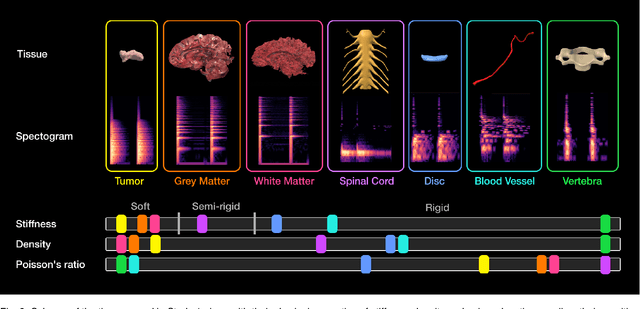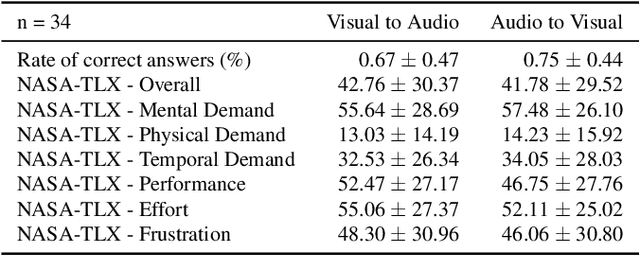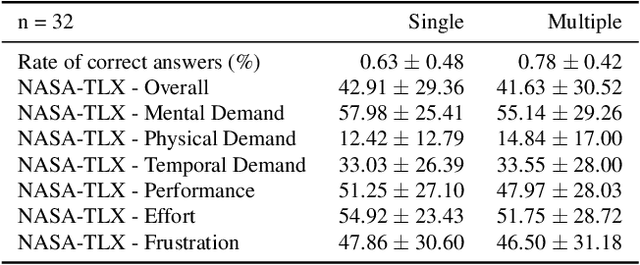Laura Schütz
A Framework for Multimodal Medical Image Interaction
Jul 09, 2024



Abstract:Medical doctors rely on images of the human anatomy, such as magnetic resonance imaging (MRI), to localize regions of interest in the patient during diagnosis and treatment. Despite advances in medical imaging technology, the information conveyance remains unimodal. This visual representation fails to capture the complexity of the real, multisensory interaction with human tissue. However, perceiving multimodal information about the patient's anatomy and disease in real-time is critical for the success of medical procedures and patient outcome. We introduce a Multimodal Medical Image Interaction (MMII) framework to allow medical experts a dynamic, audiovisual interaction with human tissue in three-dimensional space. In a virtual reality environment, the user receives physically informed audiovisual feedback to improve the spatial perception of anatomical structures. MMII uses a model-based sonification approach to generate sounds derived from the geometry and physical properties of tissue, thereby eliminating the need for hand-crafted sound design. Two user studies involving 34 general and nine clinical experts were conducted to evaluate the proposed interaction framework's learnability, usability, and accuracy. Our results showed excellent learnability of audiovisual correspondence as the rate of correct associations significantly improved (p < 0.001) over the course of the study. MMII resulted in superior brain tumor localization accuracy (p < 0.05) compared to conventional medical image interaction. Our findings substantiate the potential of this novel framework to enhance interaction with medical images, for example, during surgical procedures where immediate and precise feedback is needed.
 Add to Chrome
Add to Chrome Add to Firefox
Add to Firefox Add to Edge
Add to Edge